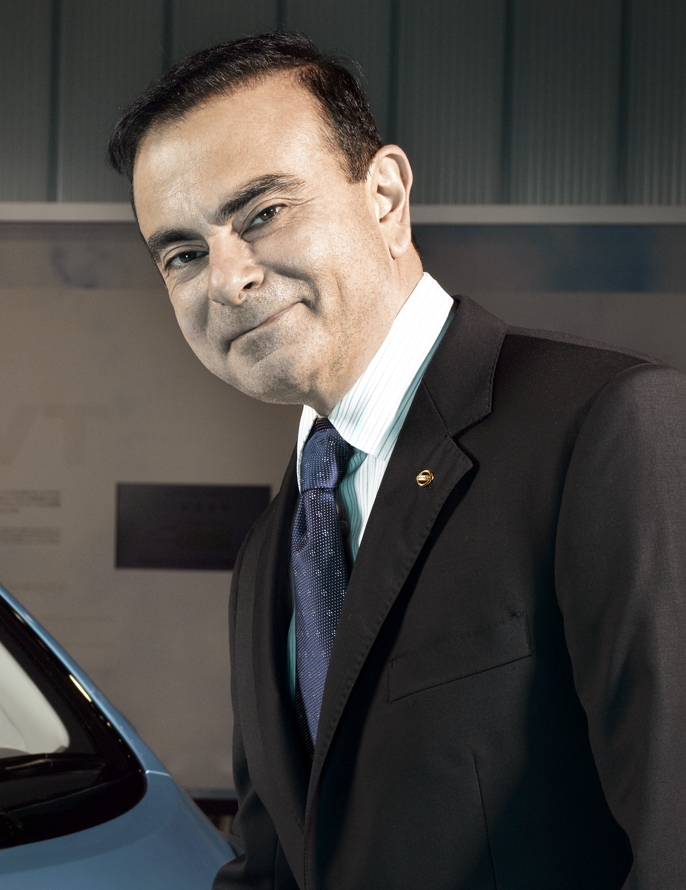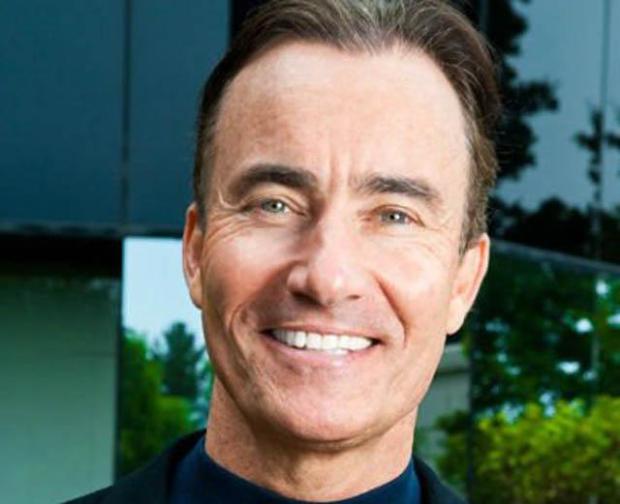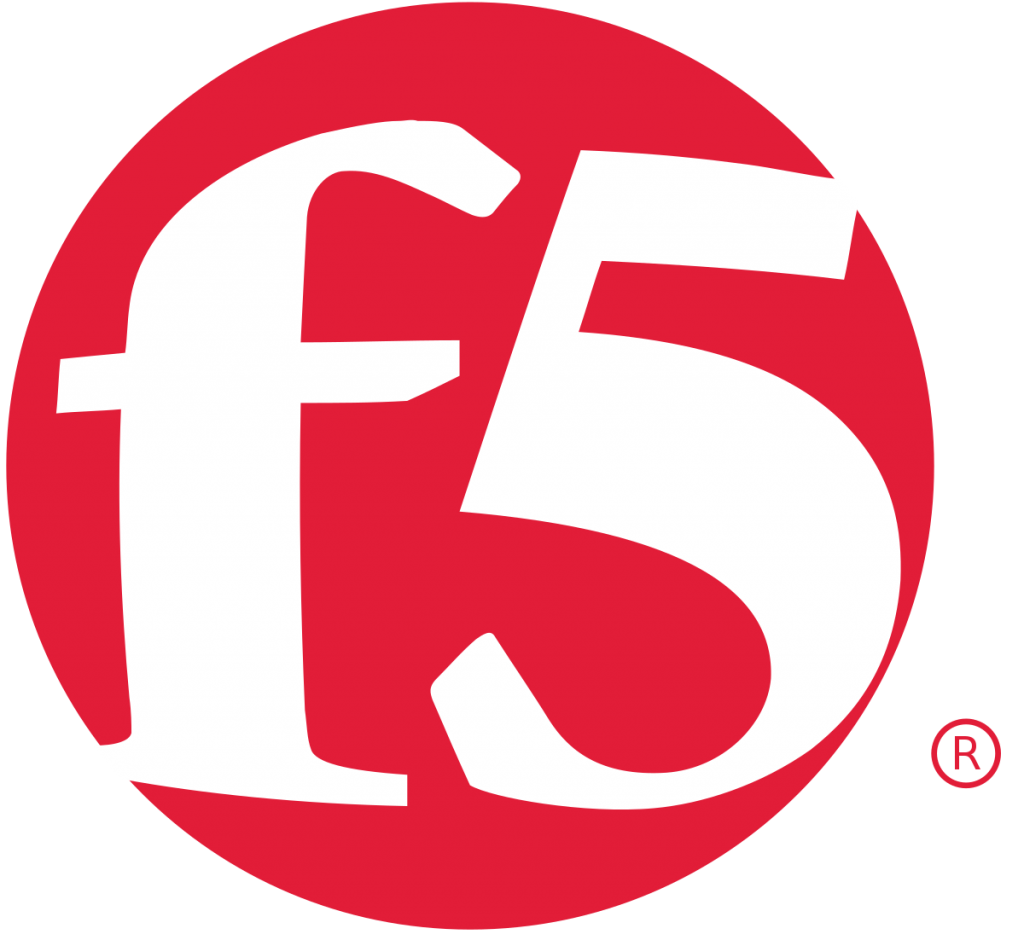Carlos Ghosn Rules The Automobile Industry While Being On House Arrest
Honestly is a very important factor when one wants to be successful in life. But, what is more, important is standing in front of the entire world and having the confidence to defend oneself. Carlos Ghosn is the epitome of confidence, who is ready to seek justice at any cost. A powerful business, who instead of fleeing justice pointed out the flaws of the Japanese justice system. People who are barely interested in the business world have also heard about Carlos Ghosn. He is a famous Brazilian businessman who has served prestigious positions in many famous companies. He has served as the CEO of Michelin North America, CEO of Renault, and, many more. But, this year, he has become one of the most famous wanted fugitives.
Early Life
Carlos has a very interesting family history. He belongs to a family of rich businessmen and traders. Carlos’s grandfather was Bichara Ghosn, who became very famous in the entrepreneurial world. Carlos’s father was also a famous diamond trader who was convicted of murdering a priest.
Born on 9th March 1954, Carlos moved to different places during his childhood. He was born in Porto Velho but at the age of two, he and his mother moved to Rio de Janeiro as he became very sick. Again at the age of six years old, he moved to Lebanon.
Carlos completed his schooling from Lebanon and then he went to Paris for higher education. In 1974, he graduated from Ecole Polytechnique with a bachelor’s degree in engineering. He also went to Mines Paris Tech and graduated in the year 1978.
Early Career
Carlos’s career started with Michelin, a French tire manufacturing company. It is Europe’s largest tire manufacturing company and he worked there for eighteen years. He joined the company in 1978 and in 1984 he became the head of research and development for the company’s industrial tire division. In 1985, Carlos became the Chief Operating Officer for the South American market of Michelin.
Carlos has a very rich multicultural experience and that is why he fled to Rio and helped out Michelin regarding cross-functional management. He led the team with his unique management style and after a couple of years, the division again started making profits. In 1989, Carlos became the COO and President of Michelin North America. He became CEO of the same in the next year.
With Renault and Nissan
In 1996, Carlos became the President in charge of the marketing department and also the manufacturing sector. He had a major contribution to Renault as he was in charge of the South American division as well. He decided to restructure the entire company and in 1997 the company made a huge profit.
In 1999, after the joint partnership of Renault and Nissan, Carlos became the COO of Nissan. He became President of the company in 2000 and became the CEO of the company in 2001. During the year 1999, Nissan was drowning in debt and only three out of forty-six of its models were making profits. Carlos decided to turn the fate of this company and drawn some clear strategies for bringing the company on track.
Carlos also said that if he didn’t achieve the goal by 2001, he will resign from the company. After he started implemented Nissan’s Revival Plan, the company made a profit of $2.7 billion. Carlos successfully reached the goals for the company.
Carlos was named one of the most powerful people in business out of Europe by Fortune. In May 2005, Carlos became the President and CEO of Renault. Carlos became the first person in the entire world to run two famous companies listed on Fortune Global 500. He became one of the prominent figures in the Japanese business world and also outside. In April 2017, he stepped down from the position of Nissan’s CEO.
The allegations
Carlos was accused of misusing the company’s assets and thus Japan’s federal system arrested him. In November 2018, he was arrested at Haneda Airport. Nissan accused him of extorting money from the company for buying his yacht, houses, etc. But, he denies all of it. Carlos also said the justice system of Japan treated him like a terrorist and stood in front of more than a hundred journalists and admitted he is innocent.
But, on 2nd January 2020, Interpol sent a red notice to Lebanon for the arrest of Carlos. He was also in house arrest for a long span in Tokyo.

Annasha Dey is an NIT student, who apart from studying engineering is also a content writer. She has a great interest in photography, writing, reading novels, and travelling as well. She is a foodie who loves socializing and hanging out with her friends. She is also a trained Kathak dancer and a big fashion enthusiast. Dey also loves watching TV series, which includes F.R.I.E.N.D.S. and Big Bang Theory. To be a better writer she prefers to read more








